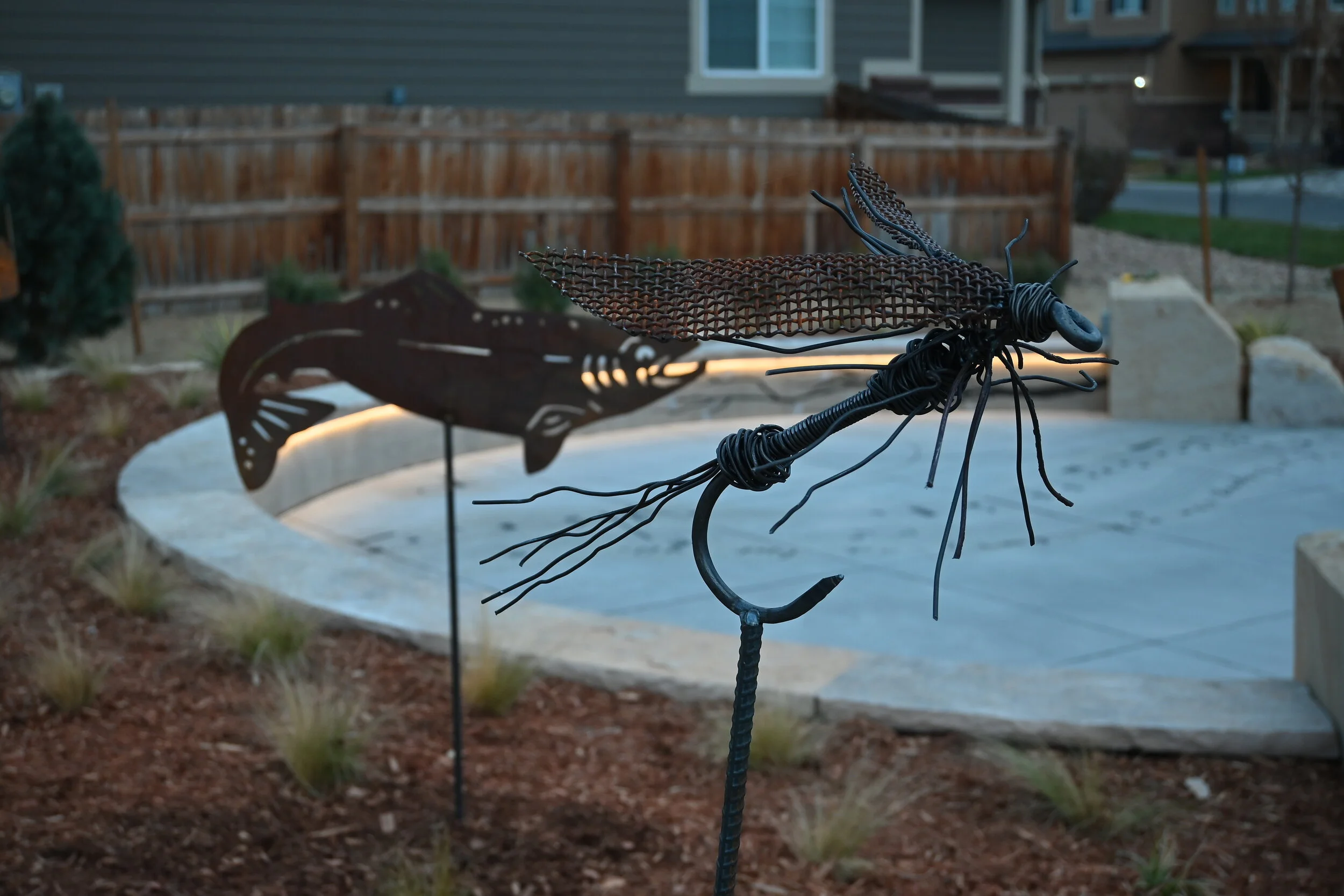Design Concepts is a firm wholeheartedly committed to boosting every idea and vision that supports healthy living. We’re staunch advocates in design that promotes healthy communities. Our people, culture, and body of work support these claims and back our mission. Ultimately, our brand reflects a heightened commitment and awareness of healthy communities.
Therefore, it was a PERFECT fit when Design Concepts signed up for Boulder’s inaugural Winter Bike Week challenge. Not only did we participate, but we took #1 in the 7-19 staff size group. There was a lot of internal cheerleading from team leader Bill Gotthelf, along with a bit of fun-hearted cajoling to get our team into the #1 spot.
Bill rented a ‘Blue Philly Fat Bike’ from nearby Foxtrot Wheel & Edge for the team to share and kept it conveniently available next to the front door. Team members grabbed it for a spin for a bit of fresh air, a break from the office and to support the team cause.
The challenge was held during the week of January 25th – 29th. The City of Boulder, Boulder Valley School District, Boulder County, and the University of Colorado Boulder partnered to host the event. A total of 929 participants from 178 organizations made 3,519 trips, which totaled 23,923 miles logged during Winter Bike Week in Boulder.
In the end, we had a blast! Being outdoors, embracing healthy living, and supporting advocates in our healthy communities clearly reflects who we are as a firm; just as a brand should. Design Concepts ‘walks the talk’ and ‘lives our brand!’
Check out our Pinterest board for more info and resources.
















